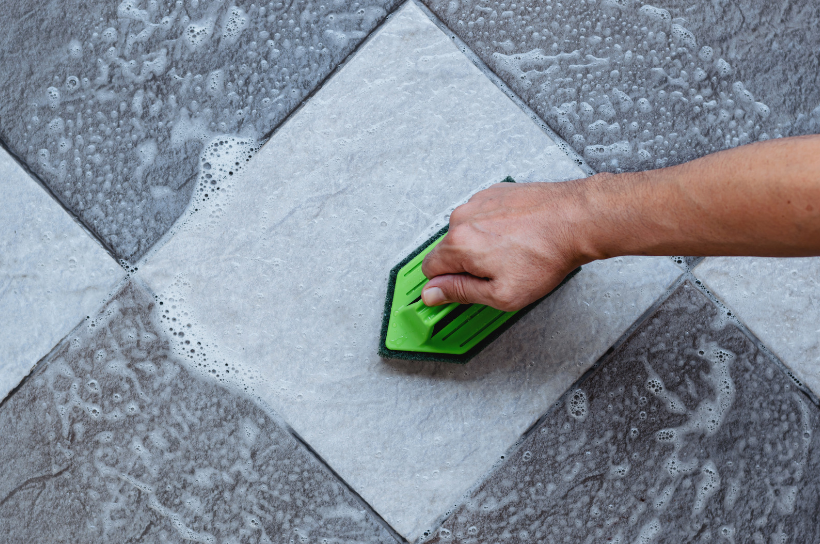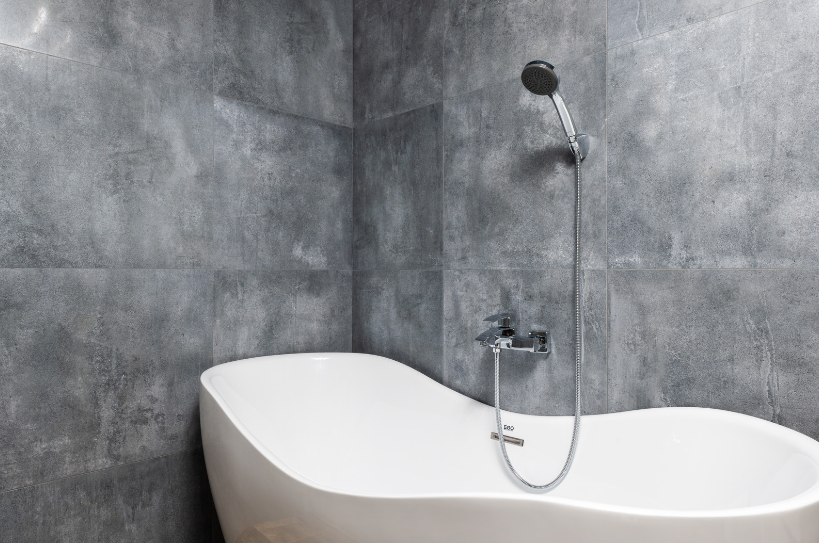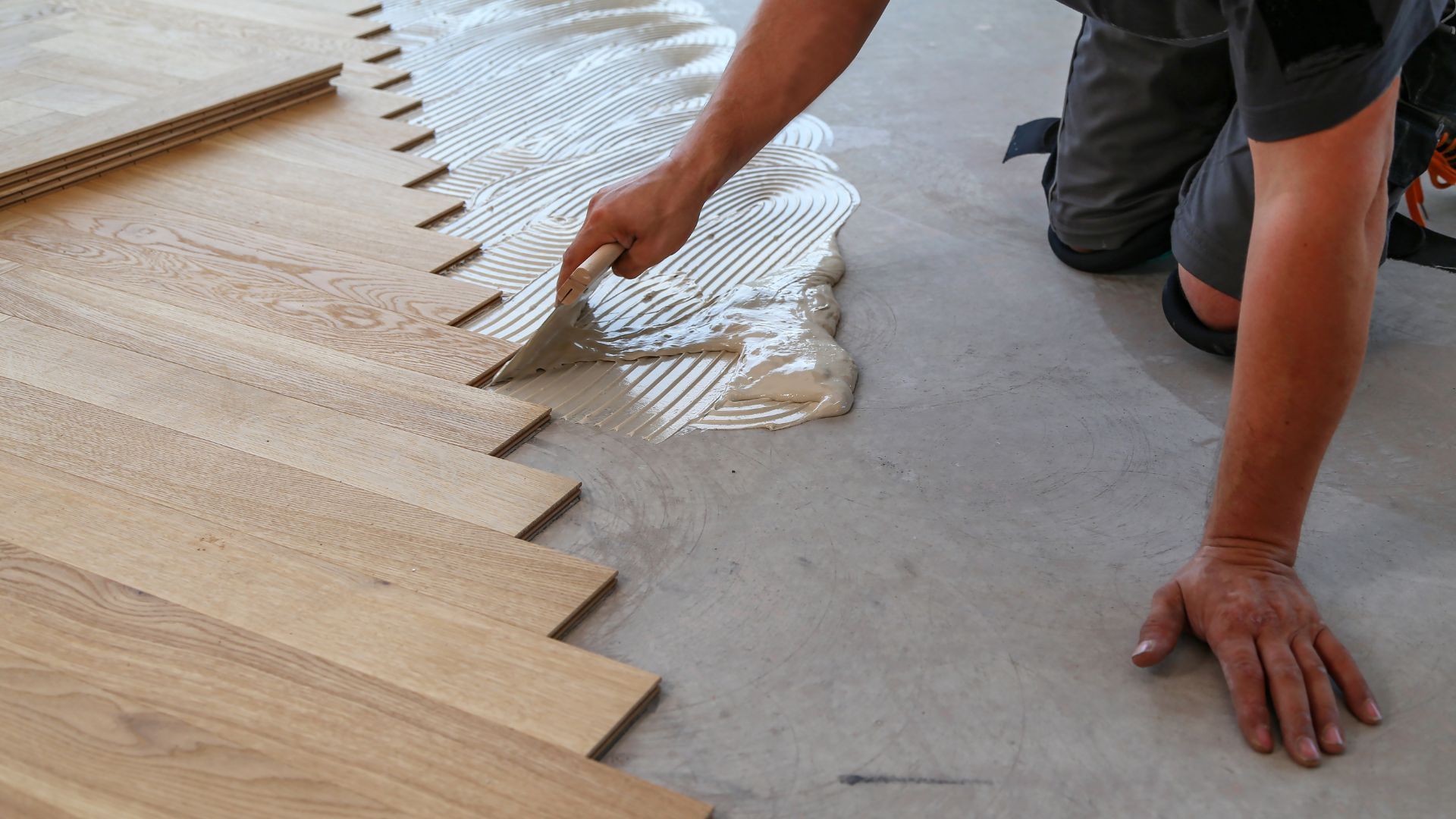Why shouldnt you install a Solid Wood Floor in a Basement?
Basement renovations are a great way to add extra living space to your home, but you have to be careful to do them right. Because basements are below ground, ground water seeping in through the walls and floor is a constant concern. You want to be sure that everything in your basement - especially the flooring - can withstand a little moisture.
Solid hardwood is one of the least moisture resistant flooring types available. It is made of natural wood, so it will absorb even small amounts of water then expand, contract, warp, and split. While vapor barriers are available (and are highly recommended, as we’ll discuss below), even a vapor barrier isn’t a guarantee that your flooring will stay dry.
Because some moisture is unavoidable, we generally only recommend installing water-resistant flooring in basements. Options like tile or
vinyl plank flooring will not be damaged if the concrete beneath them gets wet. Even if the adhesives used to secure them come loose, the flooring itself will be completely unharmed - you just have to glue it back in place. Vinyl can also imitate the appearance of hardwood to some extent - you’ll be able to tell the difference, but it will give the room a similar feel and you won’t have to worry about water damage.
If the wood-like appearance of vinyl just doesn’t work with your vision for your basement, consider using laminate planks or engineered wood flooring. Laminate is made with a high-density fiber core, making it less prone to warping. The top layer of laminate is generally coated in plastic, meaning the appearance of your floor won’t change if it gets a little wet. The fiber core can still rot if it absorbs too much water from underneath, however.
Engineered wood looks just like hardwood (except that the planks are usually a little wider). It is constructed much like laminate, however, so it has many of the same benefits as laminate. The lower layers of plywood are constructed in a way that makes them resistant to warping or cracking. As a bonus, both engineered wood and
laminate can be installed as floating floors, making them able to accommodate radiant heating systems!
Whatever type of flooring you choose for your basement, a vapor barrier can help reduce moisture seepage. Newer barriers like polyethylene also help prevent mold and mildew. Before laying flooring, be sure you know if and what kind of vapor barrier was used (if you didn’t install it yourself). Some adhesives don’t work well with certain kinds of vapor barriers!
Basements are a blank canvas for designing a space that is uniquely yours, but there are some things you should steer clear of in a basement design. Solid hardwood flooring is one such item - it just isn’t worth the risk, especially since the price of hardwood is so high. If you would like personalized flooring advice or help selecting and installing a great looking and water-resistant floor in your basement, call
our experts today!
You might also like
Tiling Halifax Murphy's Blog



